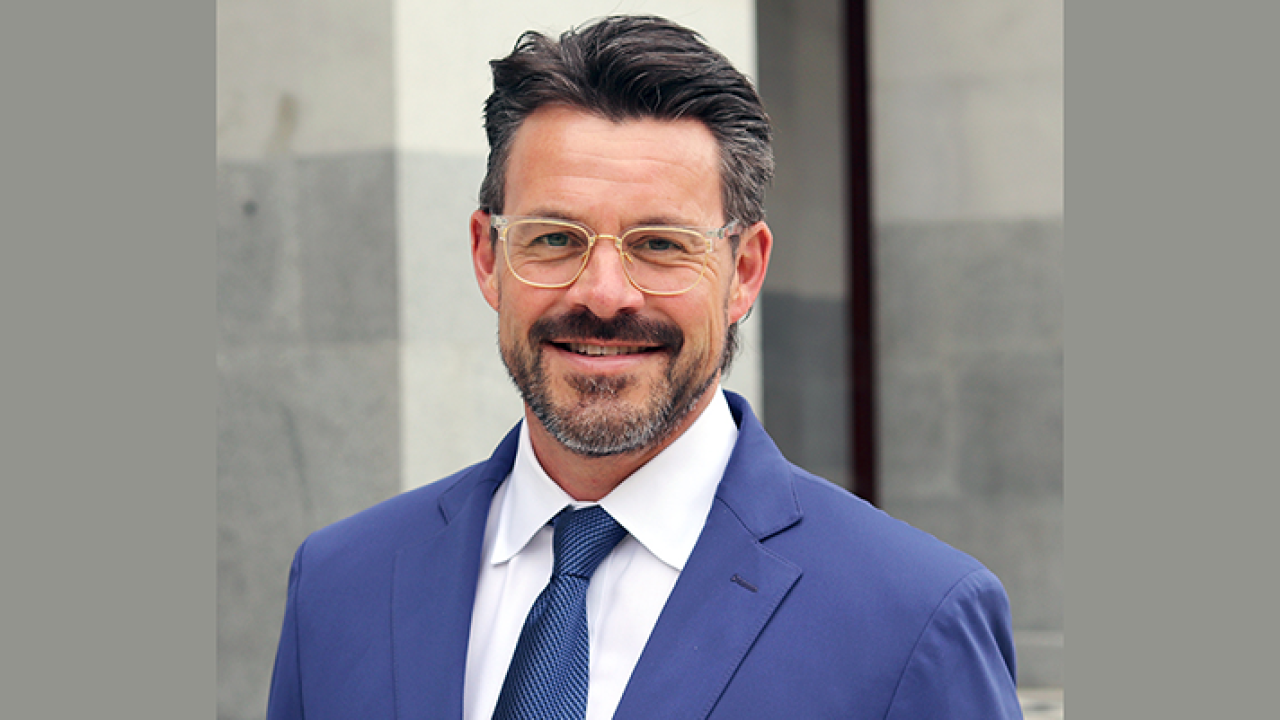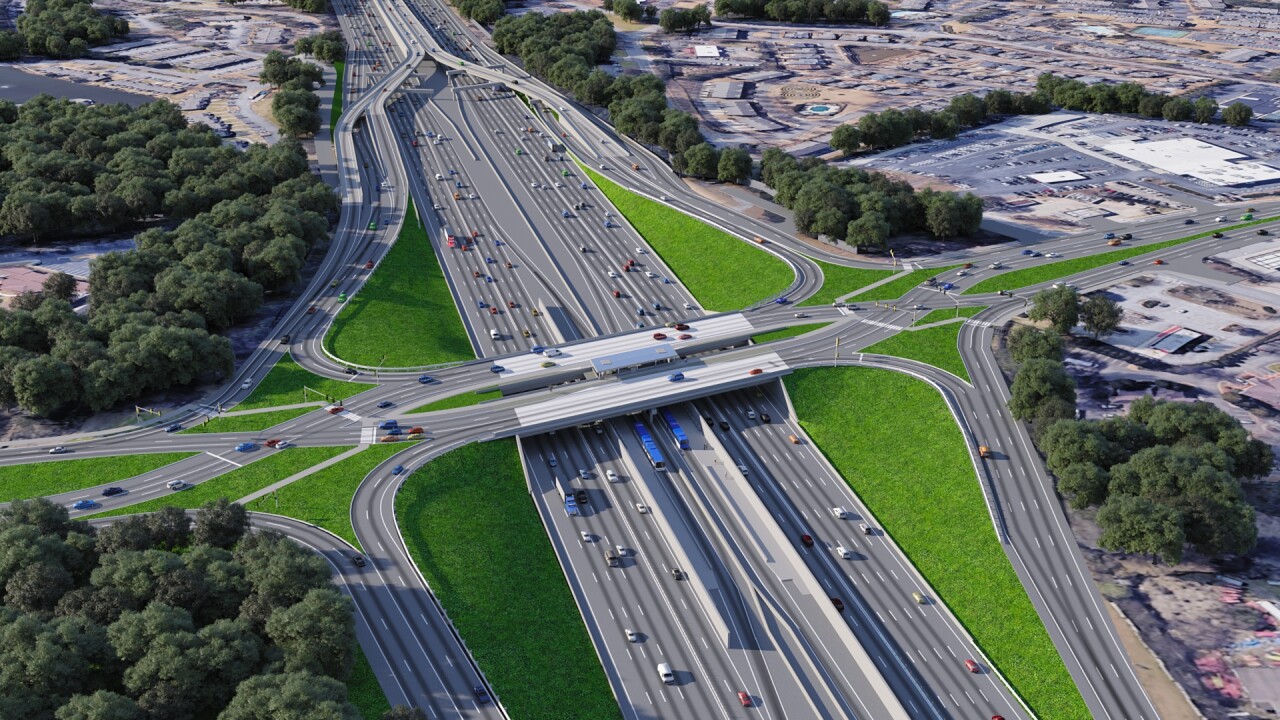San Diego Unified School District expects to price next week $670 million of green and sustainability general obligation bonds with a refunding component for savings.
The bonds will support California's second largest school district's massive modernization and building program, help it stay on track to be powered 100% by clean energy by 2035 and provide a safe school environment.
Lead managers Citi and Goldman Sachs plan a retail order period on Sept. 19, followed by institutional orders on Sept. 20. KNN Public Finance, as municipal advisor; Orrick, Herrington & Sutcliffe as bond counsel, and Norton Rose Fulbright US LLP, as disclosure counsel, round out the financial team.

With the state's efforts to build affordable housing in urban areas, Lee Dulgeroff, SDUSD senior executive director of facilities planning & construction, said school officials are planning for increased enrollment down the line.
"Big picture, rent prices have gone up and there is an affordability issue for younger families, which is putting pressure on younger families to move away from the coast," Dulgeroff said. "At the same time, local governments and the state of California have been rezoning and upzoning to tackle affordability issues. It's resulting in a greater diversity of housing stock in condos, and studio apartments."
Growth continues along the transportation corridors and in certain areas of the city the schools are bursting at the seams, Dulgeroff said.
The district, which spans a 211-square-mile area, encompasses most of San Diego. It has estimated enrollment of 96,521 students in transitional kindergarten to 12th grade, excluding charter school and pre-school students as of Sept. 8, according to preliminary offering documents. The school district's estimated enrollment for fiscal 2024 is 97,071.
The district operates 109 elementary schools, 10 K-8 schools, 24 middle-junior high schools, 20 senior high schools, 12 alternative schools, 18 pre-schools, four special education centers and is the sponsoring agency for 41 charter schools.
California's public schools have experienced a
Lower birth rates and relocations have resulted in a several-year decline in public school enrollment in the state's coastal areas. The Central Valley and other inland areas have experienced an increase in students, according to PPIC's reports.
Sky-high housing costs in California have led some districts to
The school district included teacher and workforce housing in a long list of projects that would be funded through Measure YY, a $3.2 billion bond program approved by voters last year. (The $350 million Series G bonds tap that bond authorization.)
Plus, Gov. Gavin Newsom's creation of the transitional kindergarten program, which adds a grade for four-year-olds to the kindergarten through 12th grade public school program, also requires renovations to accommodate the younger students, like in-classroom bathrooms.
"We have to think ahead," Dulgeroff said. "It takes time to plan and design and build schools."
Though Fitch's overall rating is AAA based on the dedicated tax analysis supported by legal opinions provided by the school district, similar to Kroll Bond Rating Agency, it assigns the school district an A-plus issuer default rating based on operations.
The district's A-plus IDR "reflects expectations for stagnant revenue growth driven by declining enrollment, a moderate debt burden, solid expenditure control and adequate gap-closing capacity supported by a robust state financial oversight framework," Fitch analysts wrote.
The district's "enrollment increased modestly in fiscal 2023 after sharper than typical declines during the pandemic," Fitch analysts wrote. State funding is based on average daily attendance, Fitch noted.
Dulgeroff said the heart and soul of every bond program is renovating old school campuses. Many school buildings across the country were built in the 1950s and 1960s in response to the baby boom and need to be modernized to meet current needs.
With 180 school campuses and 15.7 million square-feet of school buildings resting on 2,600 acres of land, that is an ongoing challenge, he said.
"It's a lot of physical plant to operate, maintain and renovate," he said. "So, the bulk of bonds go to doing this."
But school instruction continues to transform, and school buildings need to change along with it.
"We are not replacing like for like," Dulgeroff said.
Some of the upgrades to meet the future include science and technology labs, a broadcast journalism studio with teleprompters, and a career-technical program.
"We have everything from culinary classes to auto body repair," he said. "And we are moving into electric vehicle repair as well."
The school district also has a program where students receive Chromebooks in third grade and they get new ones every two years with the old ones going to younger students up to 12th grade.
The district issues five-year short-term debt for such purchases to match the expected life of the equipment, just as it issues longer-term debt for buildings, which are expected to last 50 to 100 years.
Given awareness of mass shootings on school campuses and in public spaces, the district is also spending on improvements to keep students safe.
There are no metal detectors at San Diego's schools, but fencing surrounds all of the schools, and there is only one gated entrance and exit that is open as students arrive and locked after they enter the building, Dulgeroff said.
"We are approaching physical security in three ways," he said. "You can't use bonds to pay for school police officers — and SDUSD does have its own school police force paid for through the operations budget — but bond funds did pay for the perimeter fencing and emergency communications systems."
That's a big difference, Dulgeroff said, from when many of these buildings were built in the 1950s and 1960s, and people could just wander onto school grounds.
Today, parents have to park their car then check in at the office to pick up their child.
"You can't just wander into your kid's classroom, because we don't want anyone just wandering on to campus," he said.
The school district has a state-of-the art emergency communications system, with a robust tech network, in which every classroom has a two-way audio-visual connection to other classrooms. The system also allows school administrators to initiate a lockdown via cell phone or a computer.
"It also helps with many other issues, like if a child got hurt, or there was a fire, or if a parent or staff member had a heart attack," he said.
Green vs. sustainable bonds
The deal includes $350 million of green bonds and $320 million of sustainability bonds.

Kestrel provided a second-party opinion that the green bonds are aligned with the International Capital Market Association's core components designating them as environmentally friendly. The higher designation for the "sustainable" bonds per the ICMA indicates they finance or refinance a combination of both green projects and social projects.
"We are issuing annually," said Mark Young, a KNN director, the school district's municipal advisor. "When we do that, we go to our green bond certifier, and they reevaluate the program. They are given a project list that shows how the proceeds are being used."
Kestrel not only confirms the newly planned bonds meet green bond standards, but that previous debt is also living up to those standards, Young said.
In a building and bond program the size of San Diego's that has multiple voter-approved bond authorizations, "there are always going to be changes in terms of what was planned," Young said. "From a program standpoint, Kestrel is comfortable that across all the issues the program meets green or sustainability standards."
On top of that, Dulgeroff said he meets with the school district's citizens bond committee monthly to update them on how the bond proceeds are being spent.
As for whether that green bond label is helping the district receive lower pricing on the bonds, there aren't metrics that can prove that, because it has never issued green bonds simultaneously with a comparable non-green bond issue.
But the draw for ESG mutual funds often means that deals "are oversubscribed, which allows the district to reprice at lower interest rates," Young said.
"The designation of green or sustainability has the benefit of bringing in investors, who would otherwise not purchase our debt," Young said.
Each year the district asks their underwriters if they still think what he called the "minimal" cost of a second-party opinion outweighs the savings from having greater demand, Young said. And the answer has always been to get the designation, he said.
Ratings of Aa2 from Moody's Investors Service and AAA from Fitch Ratings and KBRA on the school district's GOs were affirmed ahead of the bond sale. All assign stable outlooks. The district had $4.7 billion in long-term debt prior to the sale, according to the preliminary offering statement.
"The long-term rating reflects the strong legal protections for debt repayment, as well as the strong historic performance of the district tax base," KRBA analysts wrote in a Sept. 8 report. "While the district's satisfactory financial profile was also considered, the rating predominantly reflects the extraordinary legal protections underpinning the bonds."
KBRA and Fitch have given some school districts higher ratings since 2015. Fitch
Based on legal opinions from external counsel, KBRA found the framework for school district bankruptcies in California make it unlikely the district would be able to cease bondholder payments or divert the dedicated tax revenues in a Chapter 9 bankruptcy given the dedicated taxes are special revenues.
The school district, like many in California, also has a lockbox feature, so that bonds are repaid at the county level from the school district's bond measures. Payment of revenue bonds from such revenues is explicitly required by Californian's constitution and state law to be used for bond payments and for no other purpose, according to KRBA.
KRBA analysts added those structural features are a significant driver of the assigned ratings.
The district's tax base is large and growing, providing an exceptionally strong revenue base for debt service payments, according to KRBA. The district's assessed value increased 6.2% over the last five years to $254.3 billion in fiscal year 2024. The region also has a growing population and ranks as the eight largest city in the U.S. as of 2022, according to the report.
Despite all the positives, KRBA analysts wrote, the district faces a number of challenges beyond that of expiring pandemic-era funding and labor costs, such as a continuing trend of declining enrollment, which is expected to pressure per-pupil-based state funding. It also has significant fixed costs for debt service, pension and OPEB contributions, which comprised 23% of governmental expenditures in fiscal year 2022. That is countered by what KRBA analysts called "effective management and timely board action, which have historically enabled the district to adjust expenditures as needed, maintain balanced operations and adequate financial operating reserves."





